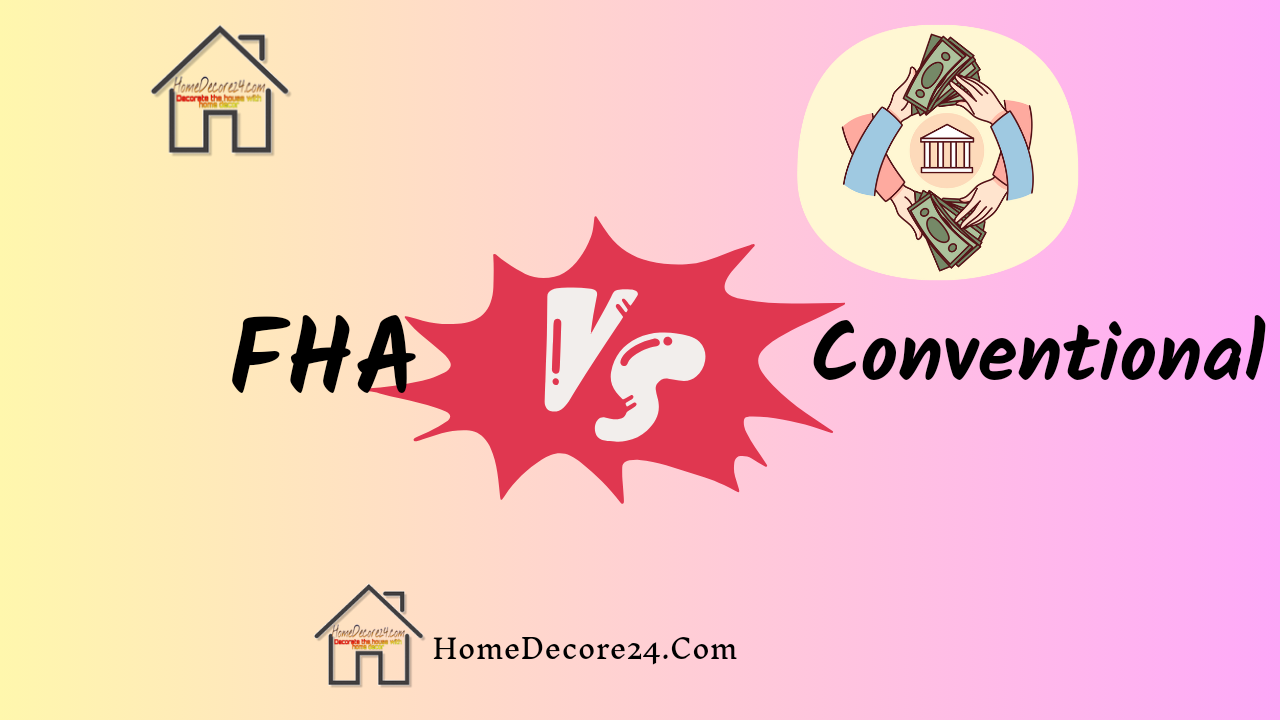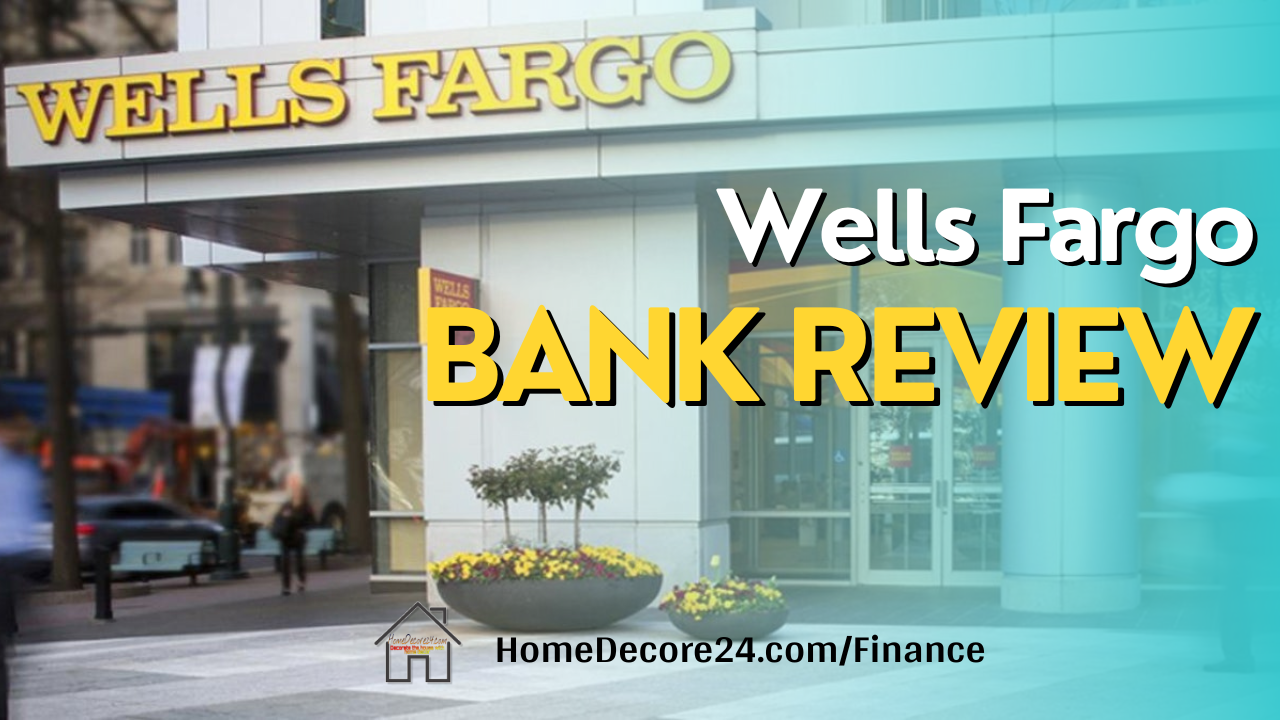
The FHA Streamline Refinance program has emerged as an attractive option for homeowners seeking to reduce their mortgage payments and save money over time. Designed by the Federal Housing Administration (FHA), this refinancing avenue offers a streamlined process that minimizes paperwork and requirements, making it easier for eligible borrowers to achieve better loan terms.
As with any financial decision, it’s important to weigh the pros and cons of an FHA Streamline Refinance, taking into consideration its potential impact on your financial situation. In this discussion, we will delve into the benefits, drawbacks, and prevailing rates associated with the FHA Streamline Refinance program.
Read More: FHA vs. Conventional Loans
What is an FHA streamline Refinance?
An FHA Streamline Refinance is a specialized mortgage refinancing option offered by the Federal Housing Administration (FHA) to homeowners with existing FHA loans. Unlike traditional refinancing, which often involves extensive paperwork and qualification criteria, the FHA Streamline Refinance program aims to simplify the process and reduce the hurdles for eligible borrowers.
This program is particularly designed to help FHA loan holders take advantage of lower interest rates without the usual stringent requirements. The “streamline” in the name reflects the simplified application process, which typically involves less documentation and a quicker turnaround time compared to a regular refinance.
One of the key features of an FHA Streamline Refinance is the reduced emphasis on credit scores and home appraisals. While traditional refinancing might require a new appraisal and a thorough credit check, the FHA Streamline Refinance program often doesn’t mandate these steps. This can be a significant advantage for homeowners who may have experienced changes in their credit profile or property value since obtaining the original FHA loan.
Additionally, the program offers the option to roll the upfront mortgage insurance premium (MIP) into the new loan amount, which can help borrowers manage their out-of-pocket expenses during the refinancing process.
It’s important to note that the primary goal of the FHA Streamline Refinance program is to make refinancing accessible and beneficial for FHA loan holders, especially when market conditions present opportunities for lower interest rates. However, as with any financial decision, homeowners considering this option should carefully assess their individual circumstances, long-term goals, and potential savings to determine if an FHA Streamline Refinance aligns with their needs.
Read More: House Boat Loans: A Comprehensive Financing Guide
FHA Streamline Refinance Program Guidelines
The FHA Streamline Refinance Program offers homeowners with existing FHA loans the opportunity to refinance with simplified guidelines. Here are the key points to consider:
Eligibility Criteria: To qualify, borrowers must have an existing FHA-insured mortgage. They should be current on their payments and have a history of timely payments for the past six months. The waiting period after obtaining the original loan is also a factor.
Credit Check and Appraisal: One of the notable features is the minimal emphasis on credit scores and home appraisals. While some lenders might perform a credit check, the program doesn’t require a full credit review or a new property appraisal in most cases.
Net Tangible Benefit: Borrowers must demonstrate a “net tangible benefit” to refinancing, which generally means a reduction in the monthly payment, a lower interest rate, or a more stable mortgage structure.
Documentation: The documentation process is streamlined. Borrowers typically need to provide proof of income and employment, and some lenders might ask for other documents to verify eligibility.
Upfront Mortgage Insurance Premium (MIP): The upfront MIP can be rolled into the new loan amount, reducing out-of-pocket expenses during the refinancing process.
Loan Types: The program applies to various FHA loan types, including fixed-rate, adjustable-rate, and hybrid loans.
Loan-to-Value (LTV) Ratio: The LTV ratio, representing the loan amount relative to the property value, must meet specific requirements, which might vary among lenders.
Waiting Period: There’s a mandatory waiting period between the origination of the existing loan and eligibility for the FHA Streamline Refinance. This is typically six months for current FHA loans.
It’s important to work with an FHA-approved lender who can guide you through the specific guidelines and criteria of the program. While the FHA Streamline Refinance Program offers simplicity and potential financial benefits, it’s crucial to evaluate your unique situation and assess whether the program aligns with your refinancing goals.
FAQ’s
What documents do I need to provide for an FHA Streamline refi?
For an FHA Streamline refinance, you generally need to provide proof of income and employment, a mortgage statement, and a payment history for the last six months. Lenders might request additional documents based on their specific requirements.
Is income verification required from FHA Streamline Refinance?
Income verification is typically required for an FHA Streamline Refinance. Lenders often ask for proof of income to ensure borrowers meet eligibility criteria and can manage the new loan terms.
Is FHA Streamline Refinance a good idea?
An FHA Streamline Refinance can be beneficial if you have an existing FHA loan and can secure lower rates, reduced monthly payments, and manage upfront costs, considering your financial goals.
Who is eligible for FHA Streamline Refinance?
Homeowners with an existing FHA loan who have timely payment history for the past six months and demonstrate a net tangible benefit from refinancing are generally eligible for FHA Streamline Refinance.
YouTube Video
Bottom Line
In conclusion, the FHA Streamline Refinance program presents a range of advantages and disadvantages that borrowers should carefully assess based on their individual circumstances. The program’s streamlined nature and reduced documentation requirements offer convenience and potentially significant savings for eligible homeowners. Lower interest rates can lead to decreased monthly payments and long-term interest savings, bolstering the financial well-being of borrowers.
However, it’s essential to consider the upfront costs, including the required upfront mortgage insurance premium, and the potential reset of the loan term. Ultimately, the decision to pursue an FHA Streamline Refinance should be made after a thorough evaluation of one’s financial goals and the potential benefits of the program. As the lending landscape continues to evolve, staying informed about current rates and market trends will empower borrowers to make well-informed choices regarding their mortgage refinancing endeavors.







